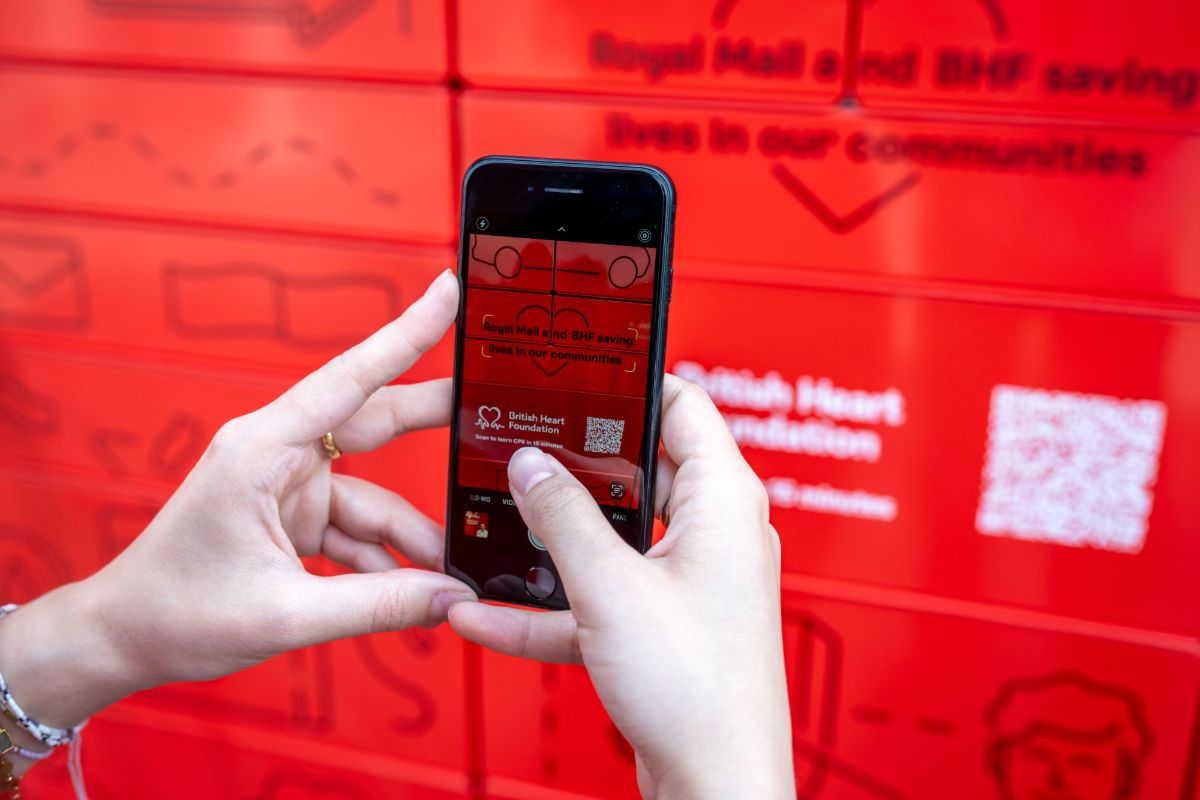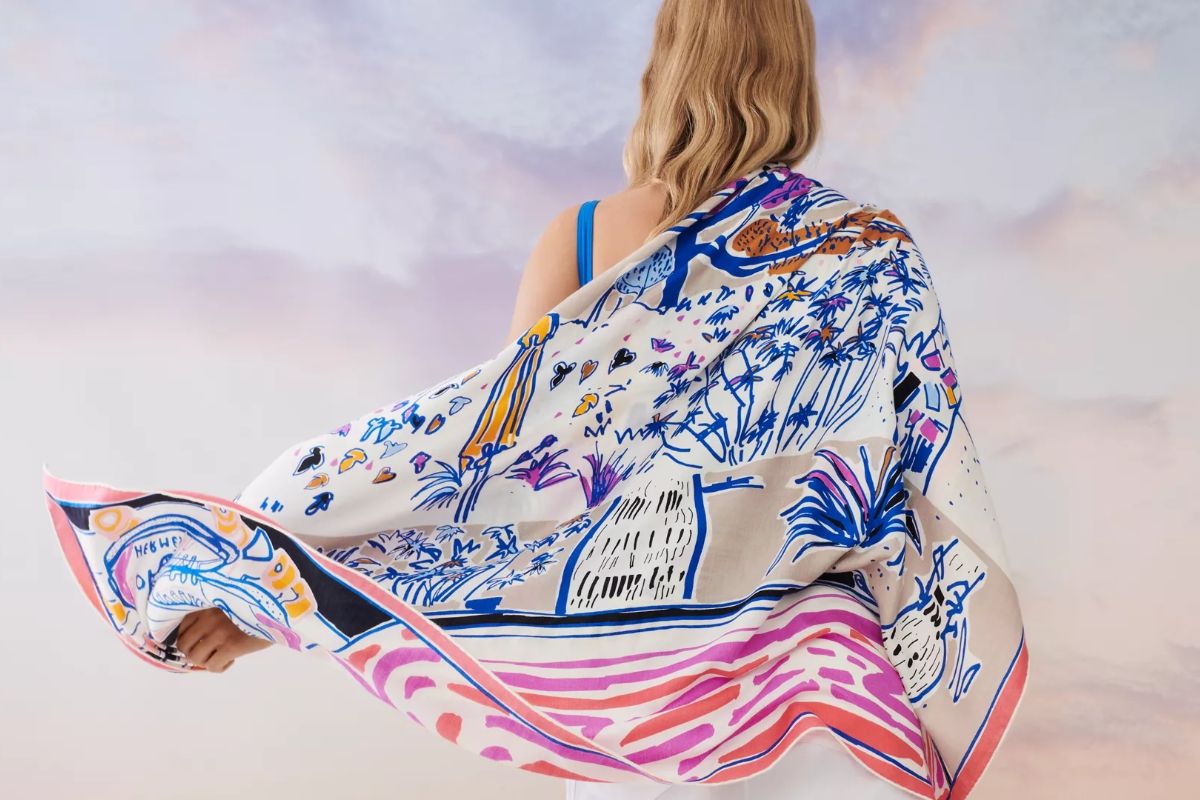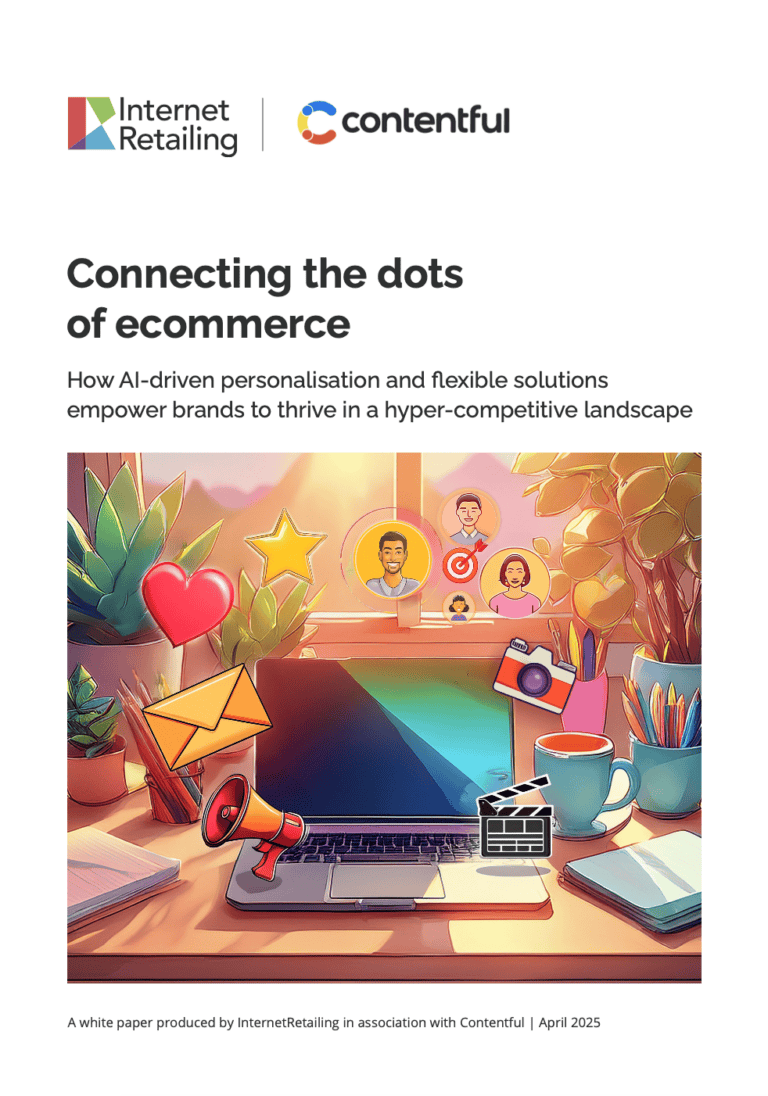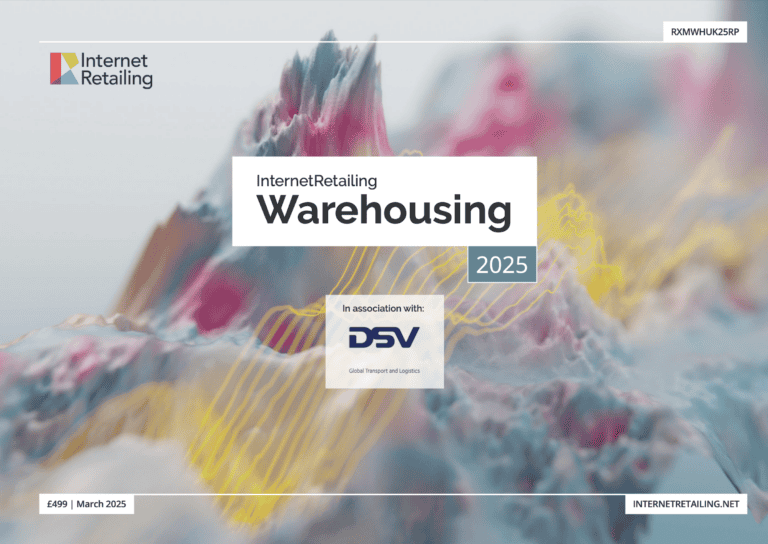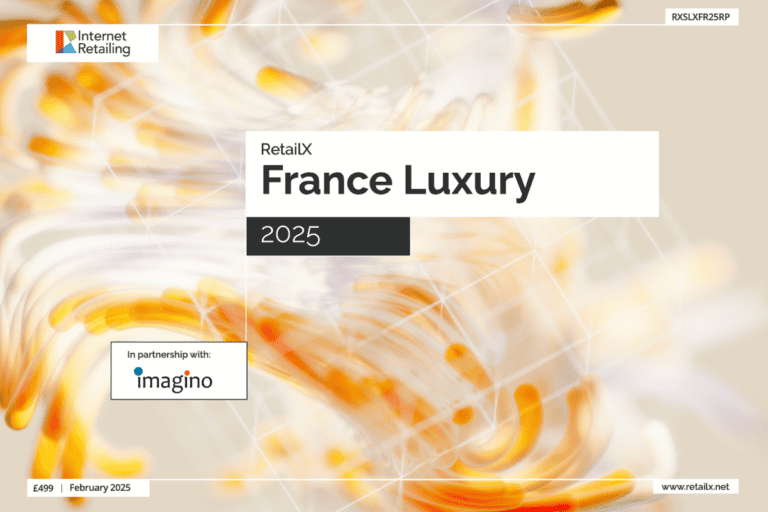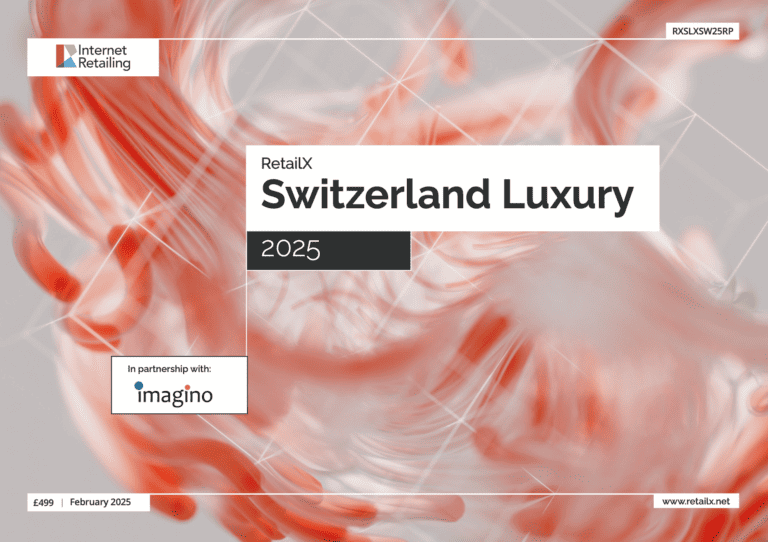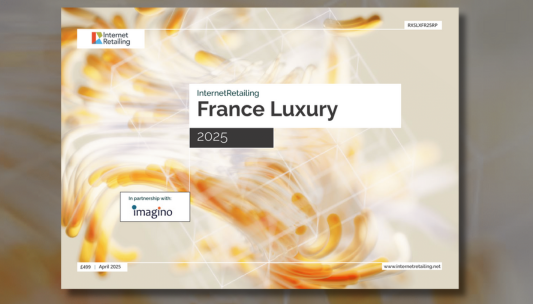The relationship that brands have with their customers is coming into new focus as customers raise their expectations for the companies that they buy from. Just as shoppers are now using digital commerce to buy directly from brands, so they can also use digital channels to let brands know what they think.
UK discount retailer The Works made it clear earlier this year that that its customers now want more from it – a brand relationship. “It is becoming increasingly apparent that consumers today don’t just want to buy a product, they want to buy into a brand with a clear purpose,” said The Works chief executive Gavin Peck in its half-year report. “We have been working hard to clarify our purpose and be more than just a retailer. For The Works this means inspiring our customers by showing them what they can ‘do’ – read learn, create and play – and inspiring them to do it.” In keeping with that it aims to be a “better, not just bigger version of ourselves” as it invests across channels from its stores to its website. Peck says: “We are focused on fulfilling our new purpose, improving our customer proposition, creating deeper relationships with our customers and driving increased brand loyalty.”
So does RetailX research say about how leading brands are communicating with customers and building brand loyalty?
Engaging with customers
RetailX research finds that most brands now guide shoppers to their social media presences from their landing page (89%) or invite shoppers to sign up for their newsletter (76%), rising to 84% among sports and leisure brands. (see the Engagement Dimension, page 26 for more). By doing so, they are potentially building engagement – shoppers who follow a brand on social media will be likely to see their posts regularly and may take up offers.
It’s perhaps not surprising that many start-ups turn to social media at launch, with 33% launching through Instagram in the last two years, according to recent research from the British Business Excellence Awards. In its survey of 2,300 UK entrepreneurs who had launched a start-up, it found that 33% had done so via Instagram and 21% through Facebook. Twitter (18%), TikTok (9%) and LinkedIn (4%) also saw a share of start-up interest. Those who chose to do so via Instagram said they did so for its reach (87%), flexibility (72%) and engagement rates (58%). Instagram has said that tools such as polls and quizzes – liked by 57% of users in its own research – can be useful and boost engagement.
Social media is also important to global brands. L’Oreal UK and Ireland recently worked with TikTok to tap into the appetite on the social media platform for products the go viral.
It says interest in some of its recent product launches has taken off through the #TikTokMadeMeBuyIt hashtag – which has itself had more than 10bn views on the platform – and since since started to work with TikTok creators to sell gift boxes with a selection of L’Oreal products straight from the TikTok app, via the TikTok shop.
“Our partnership with TikTok enables us to continue to invent and reinvent the ecommerce experience,” says Lex Bradshaw-Zanger, chief marketing officer of L’Oréal UK and Ireland.
“Where much of ecommerce today has been a very functional experience, and driven by more rational shopper missions like replenishment, TikTokMadeMeBuyIt has brought the excitement of product discovery in partnership with creators to a full funnel online experience. Removing the friction of entertainment, discovery and purchase into a single, smooth consumer journey.”
L’Oreal launched its collaboration with a week-long festival of live beauty events featuring creators. In all, more than 100 hours of live content were scheduled to take place during the week.
Keeping shoppers informed
Engaging is also about communicating products clearly. That means featuring plenty of product images and providing clear information about how a product works and what it does. Some 60% of leading brands show customers a choice of product images, and 65% show zoomable images on their mobile websites, including 82% of sports and leisure brands, and 71% of fashion brands, who clearly see the importance of providing the providing the details to their customers (see Merchandising Dimension, page 24 for more). RetailX researchers score brands’ product information on a scale of zero to four, with the median brand rated relatively highly on this metric, at three. Top500 brands selling consumer electronics (3.57) and cosmetics (3.45) and to the UK (3.15) tend to score higher, while those selling fashion clothing and accessories (3.17) and to Iceland (2.75) and Malta (2.86) are at the other end of the scale.
Keeping shoppers informed also includes letting customers know what other customers thought of a product. Product reviews and ratings are each shared by 44% of brands, while a small proportion (3%) allow shoppers to add their own images to their reviews.
Meeting customers’ expectations
Building relationships goes beyond communicating via channels such as social media. It’s also about giving shoppers a choice of ways to get in touch. Brands can stand out by being among the 3% of leading brands that now offer live chat within a minute of users landing on their website, according to RetailX research.
Enabling local payment options and relevant and relevant languages is important. The graphic (below – or wherever it is) shows the payment options that shoppers expect to use when buying online from different markets. Almost a third (32%) of leading brands show shoppers the payment options that they offer on their site from the landing page – although this has declined by three percentage points (3pp) since last year. More show fulfilment options on the product page (69%) and/or the landing page (40%).
RetailX research also shows how brands enable shoppers to tailor a brand website to meet their needs. Almost two-thirds (64%) enable shoppers to choose the country from which they want to view the site – thus showing them the local language, currency and delivery options. Consumer electronics brands are the most likely to offer this option – with 92% doing so. Some 15% of brands enable shoppers to choose their preferred currency, while 22% enable them to choose the langue they’d like to read it in.
This feature first appeared in the RetailX Brand Index 2022. You can explore the report further here.

